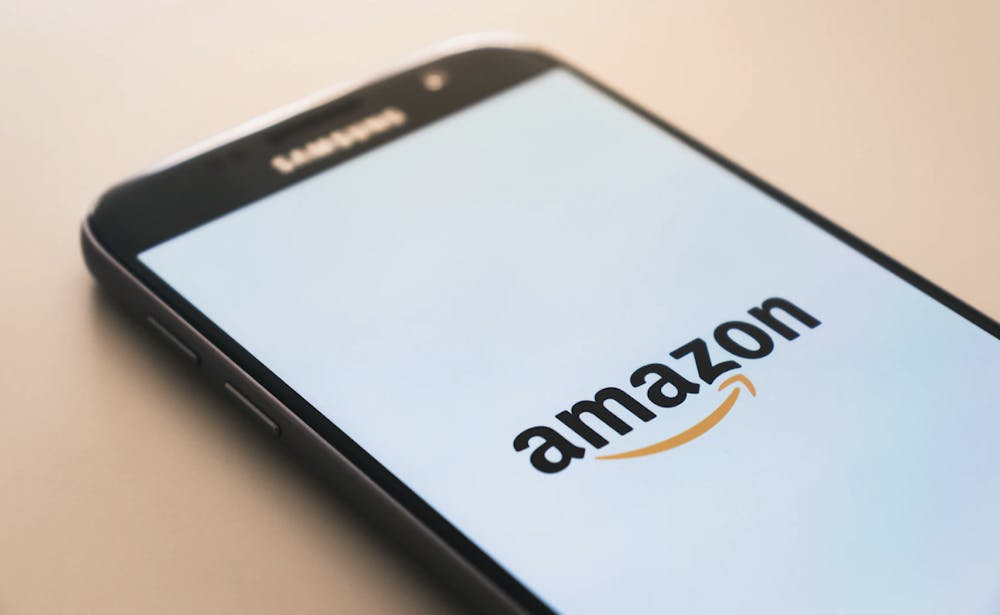By Soorin Kim
Staff Writer
The Amazon Labor Union became the e-commerce company’s first-ever union last week when former Staten Island warehouse employee Chris Smalls succeeded in his long-developing plan of organizing against the goliath corporation. In a classic underdog scenario never before seen in the company’s history, an individual grassroots campaign, totally unaided by more established labor unions, was voted into existence.
Amazon has a lot to gain by snuffing out unions. The appeal of their business model is the speed with which the customer receives their package. To achieve this the corporation must employ thousands of workers in warehouses across the country to labor around the clock filling orders and getting them to Prime users practically overnight.
In the recent past, many employees have spoken out about Amazon’s less-than-ideal warehouse conditions. Managers have implemented rules limiting bathroom breaks and non work related chatter among coworkers, resulting in outrage. However, the company had not faced any real consequences for the tactics they utilize to achieve peak efficiency.
The lack of organization across the company’s many different sites and numerous laborers has been fortunate for executives. Without a proper union, the complaints about mismanagement fizzle out with no real force behind them. Employees have been unable to negotiate wages, and when the pandemic hit, workers were unable to demand safer working conditions without fear of retaliation. Take, for example, the founder of the ALU, Chris Smalls.
Smalls was fired from an Amazon warehouse early on in the pandemic after participating in the organization of a protest against Amazon’s neglect of workers’ health, which included a lack of PPE and bonus hazard pay. He began developing the campaign for the Amazon Labor Union shortly after while the company itself spent millions in an effort to oppose him.
In a private email chain accidentally sent to thousands of employees, a public relations officer for Amazon noted that Smalls appeared to be “not smart or articulate” and that it would certainly aid the company to depict the young man as the face of the movement to unionize. This racist statement that Smalls, a young Black man, would fail as the head of a union due to his perceived intelligence ultimately backfired.
Smalls, along with his team of current and former warehouse employees, worked for nearly two years to garner support from Staten Island Amazon workers. Efforts included setting up at a nearby bus station, doing community outreach to spread awareness of union benefits and even offering African immigrants employed at the branch food from an African catering service.
The many personal touches Smalls applied to the campaign paid off in the vote held among Amazon employees where the decision to unionize won 2,654 to 2,131. This groundbreaking moment is certainly a turning point in this country’s steady march into a more employee-centric workforce. After all, if it can happen at Amazon, a company notorious for its brutal capitalistic workplace standards, it could happen anywhere.
After the vote, Amazon revealed they would not back down without a fight.
They are currently considering filing objections to the union, claiming that the group received “undue influence” from the National Labor Relations Board. It is certainly revealing how much effort the company is expending on fighting the union.
Worker satisfaction has been dwindling during the pandemic, resulting in the Great Resignation, which is proof that the masses can make a difference. Amazon cannot afford to be as incautious as they once were with regard to employee organization. Smalls’ victory has set a precedent for unions to blossom throughout the country, an outcome which will hamper the billion-dollar business’ revenue streams as workers demand sizable increases to their salaries.
Despite the company’s efforts, the working class might just rise up in the face of executives, demanding power through their numbers. It’s a monumental revolution in class relations that could lead to the wider population dictating how they should be treated while the upper crust must scramble to meet demands.
In a pandemic world, labor unions became a necessity not just for higher pay but for health and safety. As graphs start to trend downwards and masks start to come off, America’s laborers are realizing that unions shouldn’t be a thing of the plague years, but a social norm that must be present in every workplace.
This worker rebellion might turn Amazon on its head for the better.







